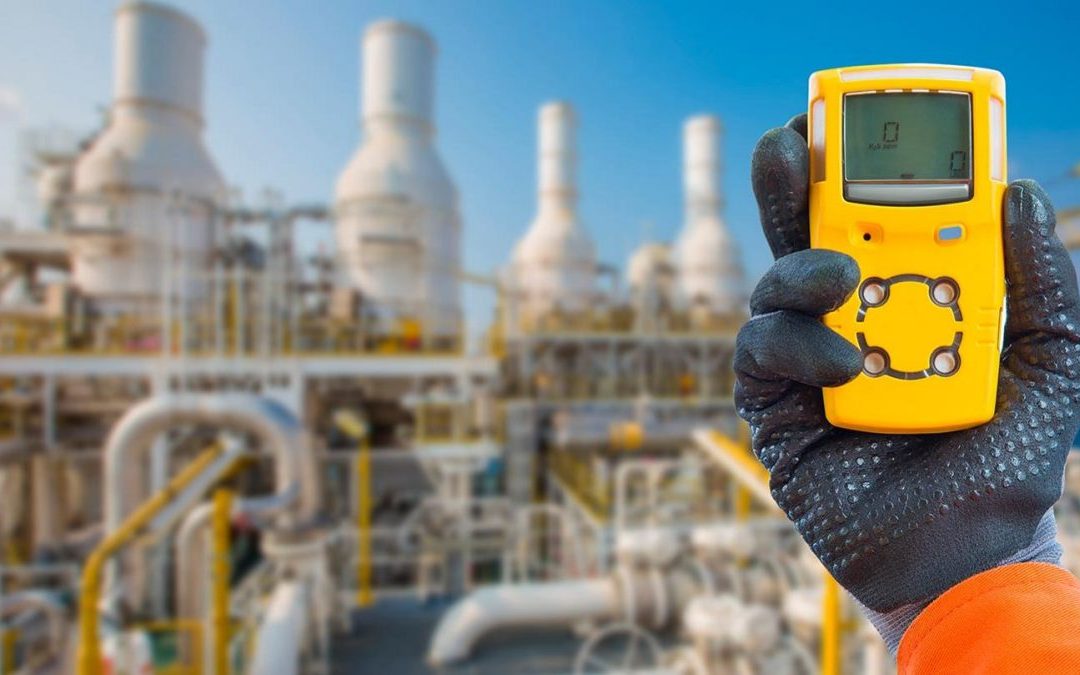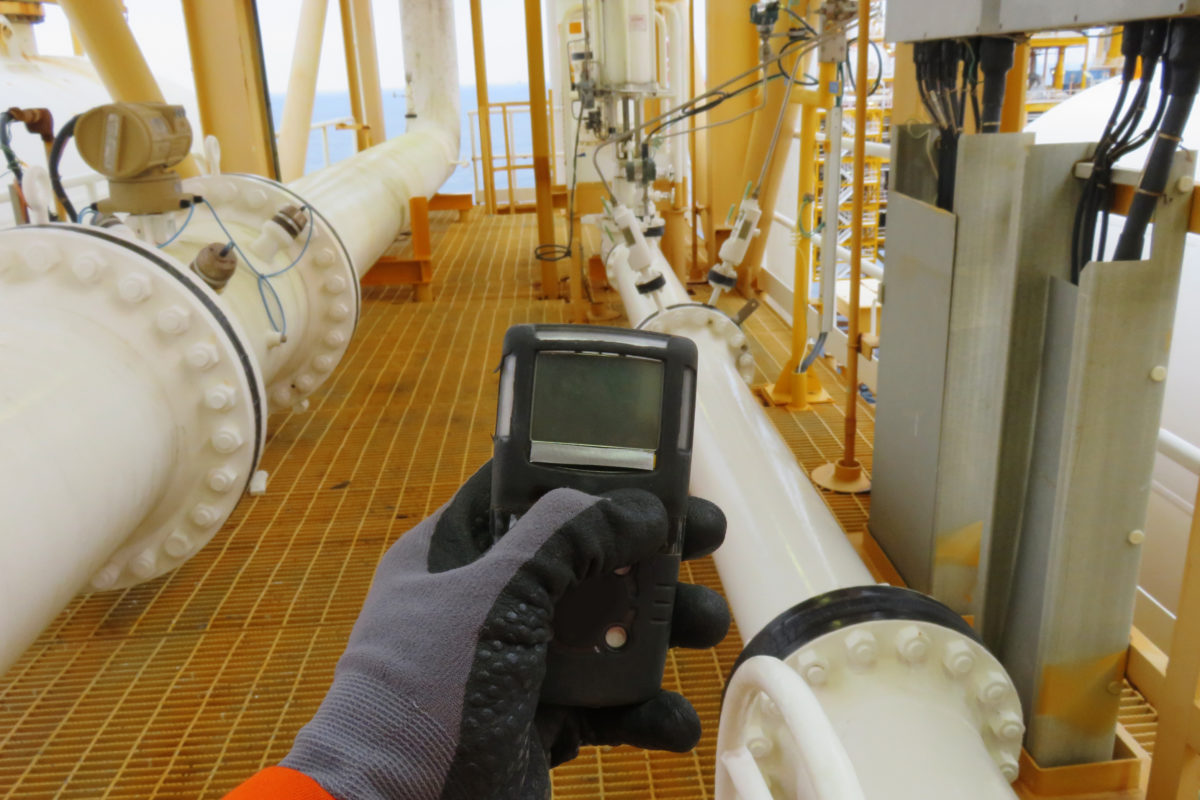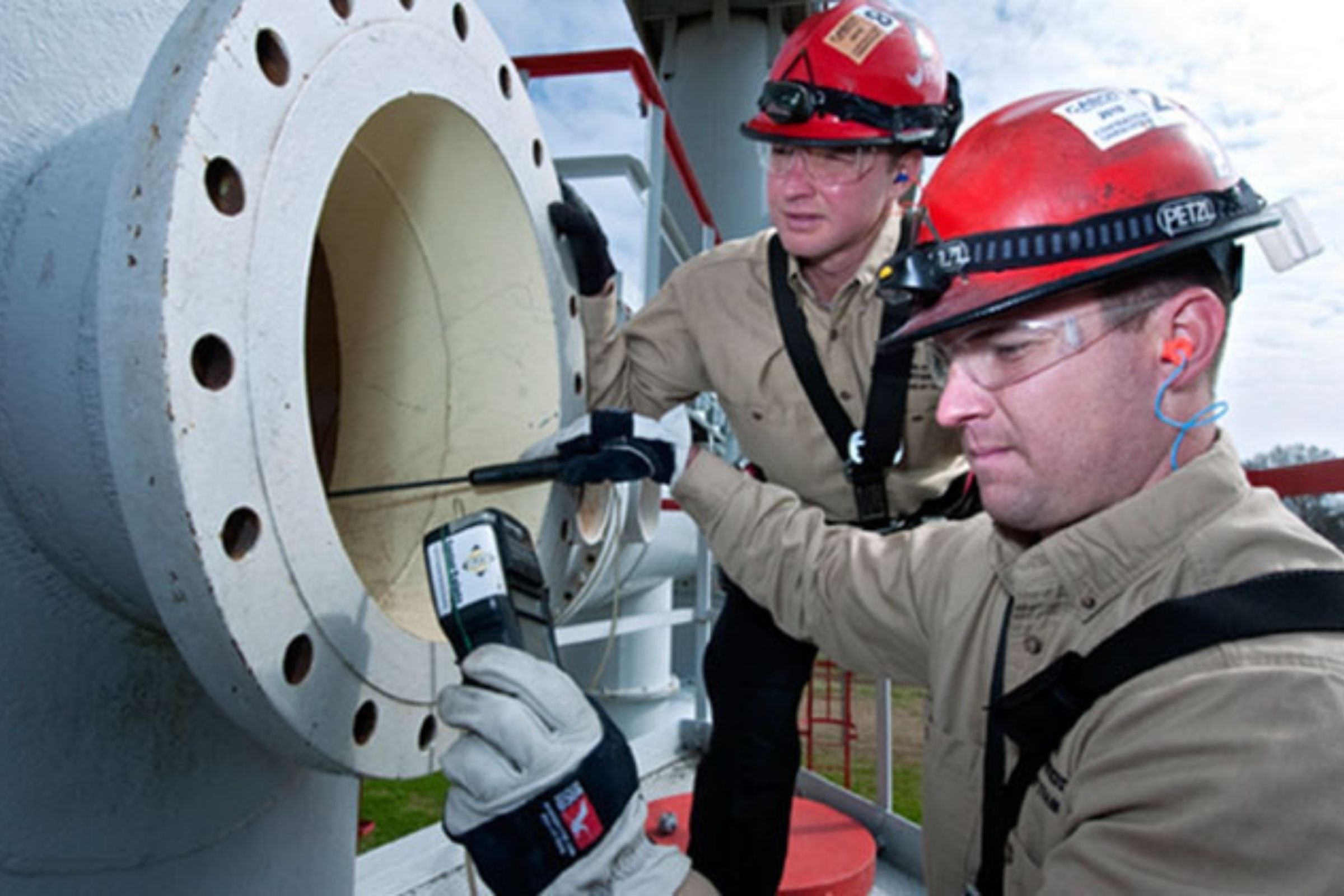El aire que respiramos es esencial para la vida, pero también puede albergar peligros ocultos. En muchos lugares de trabajo, la exposición a gases peligrosos y contaminantes en el aire representa una grave amenaza para la seguridad de los trabajadores. El monitoreo del aire y el gas es una práctica crucial que ayuda a identificar y mitigar estos riesgos, garantizando un ambiente de trabajo saludable y seguro.
¿Por qué es importante el monitoreo del aire y el gas?
La exposición a gases y contaminantes peligrosos puede causar una amplia gama de problemas de salud, desde irritación leve hasta insuficiencia respiratoria e incluso la muerte. Algunos peligros comunes incluyen:
- Monóxido de carbono (CO): Este gas inodoro e incoloro es un subproducto de una combustión incompleta. El envenenamiento por CO puede causar dolores de cabeza, mareos, náuseas e incluso la muerte.
- Sulfuro de hidrógeno (H2S): este gas tiene olor a huevo podrido y puede irritar los ojos y el sistema respiratorio. En altas concentraciones, el H2S puede ser mortal.
- Compuestos orgánicos volátiles (COV): los COV son un gran grupo de sustancias químicas que se pueden encontrar en pinturas, solventes y otros productos. La exposición a los COV puede provocar dolores de cabeza, náuseas y problemas respiratorios.
- Polvos: Las partículas de polvo en el aire pueden irritar los pulmones y causar problemas respiratorios, especialmente en trabajadores con afecciones respiratorias como asma.
El monitoreo del aire y el gas ayuda a identificar la presencia y concentración de estas y otras sustancias peligrosas en el lugar de trabajo. Esta información luego se puede utilizar para tomar medidas para proteger a los trabajadores, tales como:
- Mejorar la ventilación: aumentar el flujo de aire puede ayudar a eliminar los contaminantes del aire y reducir la exposición de los trabajadores.
- Implementación de controles de ingeniería: Los controles de ingeniería pueden incluir cosas como sistemas de ventilación por extracción locales que eliminan los contaminantes en la fuente.
- Proporcionar protección respiratoria: cuando los controles de ingeniería no son factibles, es posible que los trabajadores necesiten usar respiradores para protegerse de los peligros transmitidos por el aire.
- Establecer prácticas laborales seguras: las prácticas laborales seguras pueden ayudar a minimizar la exposición de los trabajadores a contaminantes, como seguir los procedimientos adecuados cuando se trabaja con materiales peligrosos.
Tipos de sistemas de monitoreo de aire y gas
Hay una variedad de aire y monitoreo de gases sistemas disponibles, cada uno con sus propias capacidades y limitaciones. El tipo de sistema más apropiado para un lugar de trabajo en particular dependerá de los peligros específicos presentes.
- Monitores portátiles: estos dispositivos portátiles se utilizan para tomar mediciones puntuales de niveles de gases y contaminantes en el aire. Los monitores portátiles son una herramienta valiosa para las evaluaciones iniciales y para monitorear la exposición de los trabajadores durante las tareas.
- Monitores fijos: estos sistemas instalados permanentemente monitorean continuamente la calidad del aire en una ubicación específica. Los monitores fijos se utilizan a menudo para proporcionar datos en tiempo real sobre los niveles de gases y contaminantes.
- Monitores de área: estos monitores están diseñados para proporcionar información sobre la calidad general del aire en un área grande. Se pueden utilizar monitores de área para identificar áreas donde puede haber una posible exposición de los trabajadores.
Comprender las regulaciones de OSHA
La Administración de Salud y Seguridad Ocupacional (OSHA) ha establecido regulaciones que se aplican al monitoreo del aire y el gas en muchos lugares de trabajo. Estas regulaciones especifican los tipos de monitoreo que se requieren para ciertos peligros, así como los límites de exposición permisibles (PEL) para diversos contaminantes en el aire. Los empleadores son responsables de garantizar que sus lugares de trabajo cumplan con todas las normas OSHA aplicables.
Es importante tener en cuenta que las regulaciones de OSHA son solo un requisito mínimo. Muchas empresas preocupadas por la seguridad van más allá de los mínimos para crear el entorno de trabajo más seguro posible para sus empleados.
Más allá de lo básico: monitoreo continuo y análisis de datos
En los últimos años, ha habido una tendencia hacia el uso de sistemas de monitoreo continuo y análisis de datos para mejorar Programas de monitoreo de aire y gas.. Los sistemas de monitoreo continuo pueden proporcionar datos en tiempo real sobre la calidad del aire, que pueden usarse para identificar y abordar problemas rápidamente. El análisis de datos puede ayudar a identificar tendencias y patrones en los datos de calidad del aire, que pueden utilizarse para desarrollar estrategias de seguridad más efectivas.
El monitoreo de aire y gas es una parte esencial de cualquier programa de seguridad integral. Al monitorear la calidad del aire y tomar medidas para controlar las sustancias peligrosas, los empleadores pueden ayudar a proteger a sus trabajadores de los peligros de la exposición a gases y contaminantes. Al mantenerse actualizados sobre las últimas regulaciones y tecnologías, los profesionales de la seguridad pueden garantizar que sus programas de monitoreo de aire y gases sean efectivos para mantener seguros a los trabajadores.





Comentarios recientes